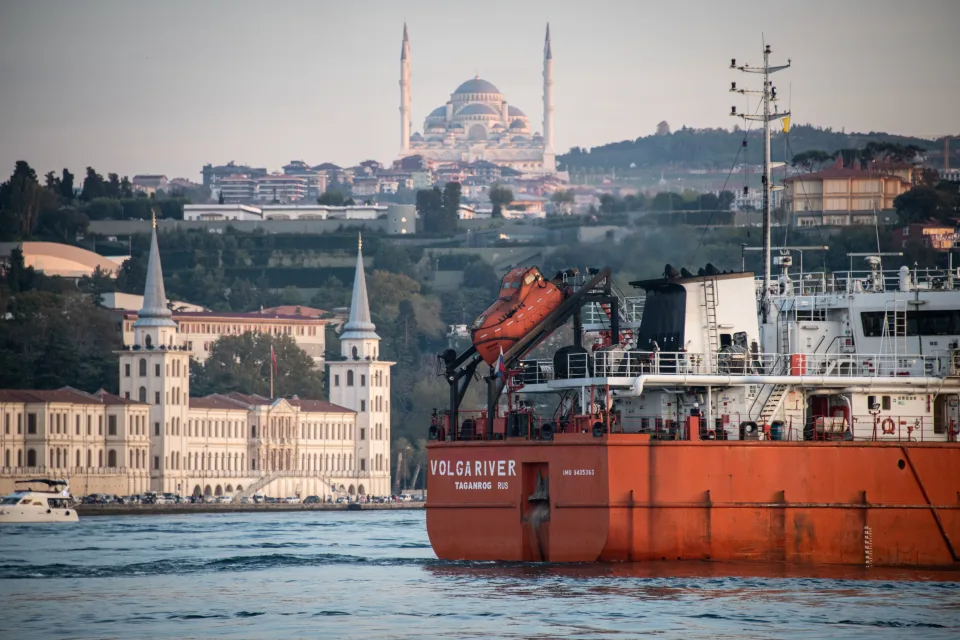The U.S. has joined the European Union, the Group of Seven nations, and Australia to cap the price of Russian oil at $60 a barrel.
The U.S. has been in detailed talks with allies for months about setting a price cap on Russian oil to reduce the country’s revenue as it continues its invasion in Ukraine. The cap also ensures oil can keep flowing to the global market, preventing a spike in global oil prices as governments around the world work to tamp down multi-decade highs in inflation.
Russia’s invasion has been a large contributor to the spike in oil prices this year.
“The price cap will encourage the flow of discounted Russian oil onto global markets and is designed to help protect consumers and businesses from global supply disruptions,” Treasury Secretary Janet Yellen said in a statement. “The price cap will particularly benefit low- and medium-income countries who have already borne the brunt of elevated energy and food prices.”
Next week, the so-called price cap coalition will ban a broad range of services — including maritime insurance and trade finance — related to transport of Russian crude oil unless purchasers buy the oil at or below $60 per barrel, a key part of the effectiveness of the price cap. Most Russian oil uses Western shipping and insurance out of the U.K.
While Russia may try to create its own oil insurance regime, a senior Treasury official says it will be limited in scale, more expensive, and less reliable, reducing Russia’s sales volumes to key emerging markets and hurting its revenues.
At $60 a barrel, the administration says the level of the price cap is set high enough to maintain an economic incentive for Russia to continue selling oil on global markets. The price is set based on the price Russia has historically sold oil for and is above its cost of production. The IMF estimates the full-cost breakeven price for production of Russian oil is close to $30 to $40 per barrel.
The price cap coalition will revisit the price cap periodically — quarterly or semi-annually, according to a senior Treasury official — taking into account economic and market conditions.
The administration believes the price cap will enable emerging markets to bargain for steeper discounts on Russian oil. While countries like India, China, and Turkey are not part of the oil price coalition, but are purchasers of Russian oil, a senior Treasury official says those countries will use the price cap to negotiate the best possible deal and that negotiations in India and Turkey are not being made at a country level but largely by company executives.
In late November, the U.S. released detailed guidelines on how to legally participate in trading or financing Russian oil to make it as seamless as possible for purchasers.

